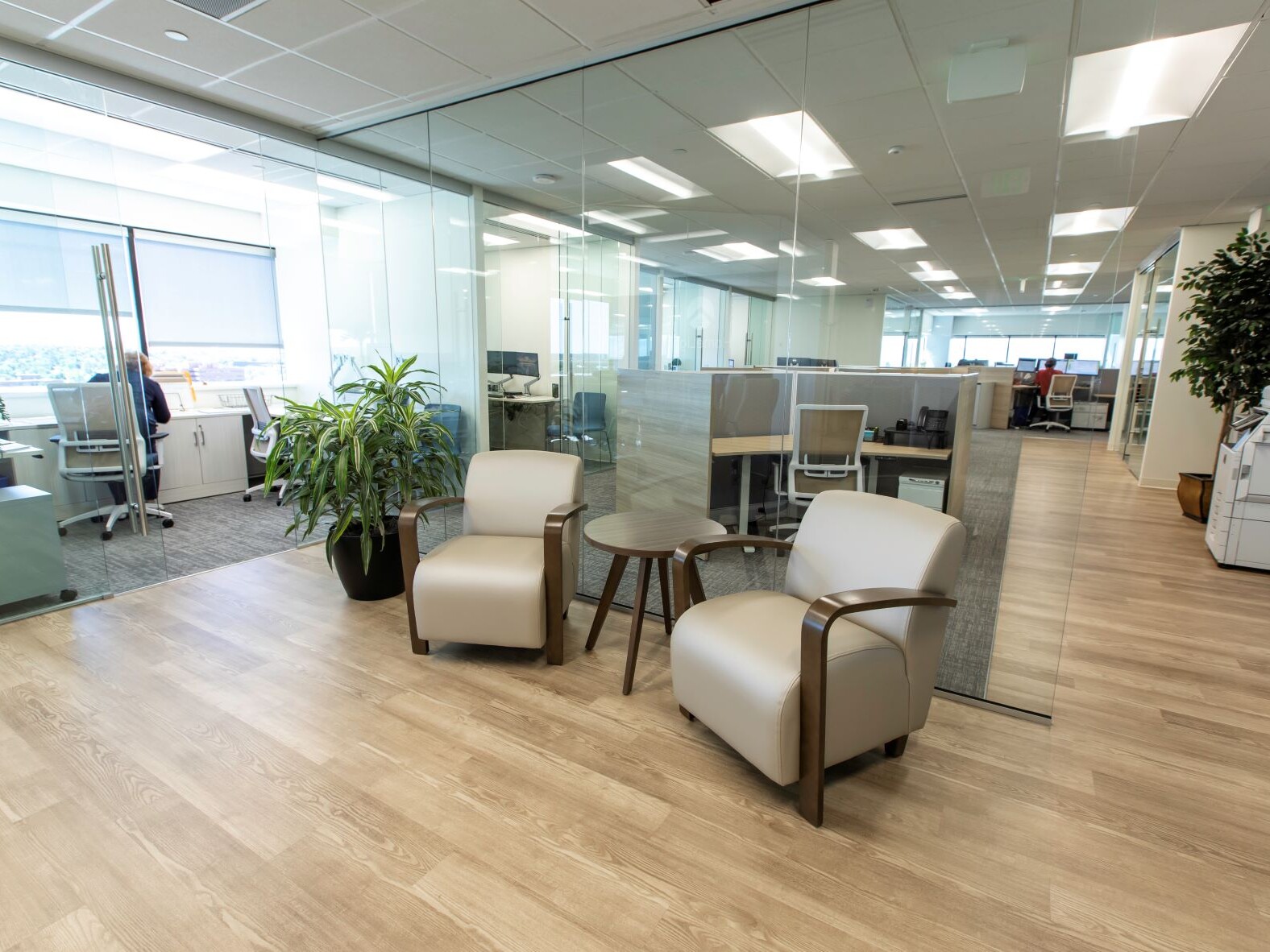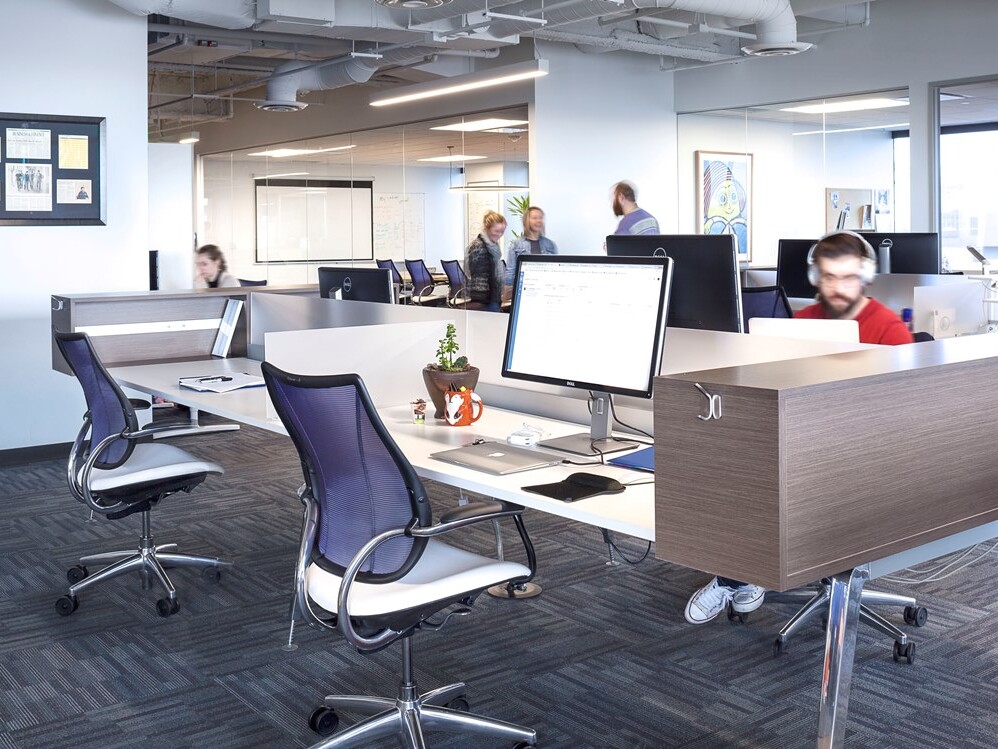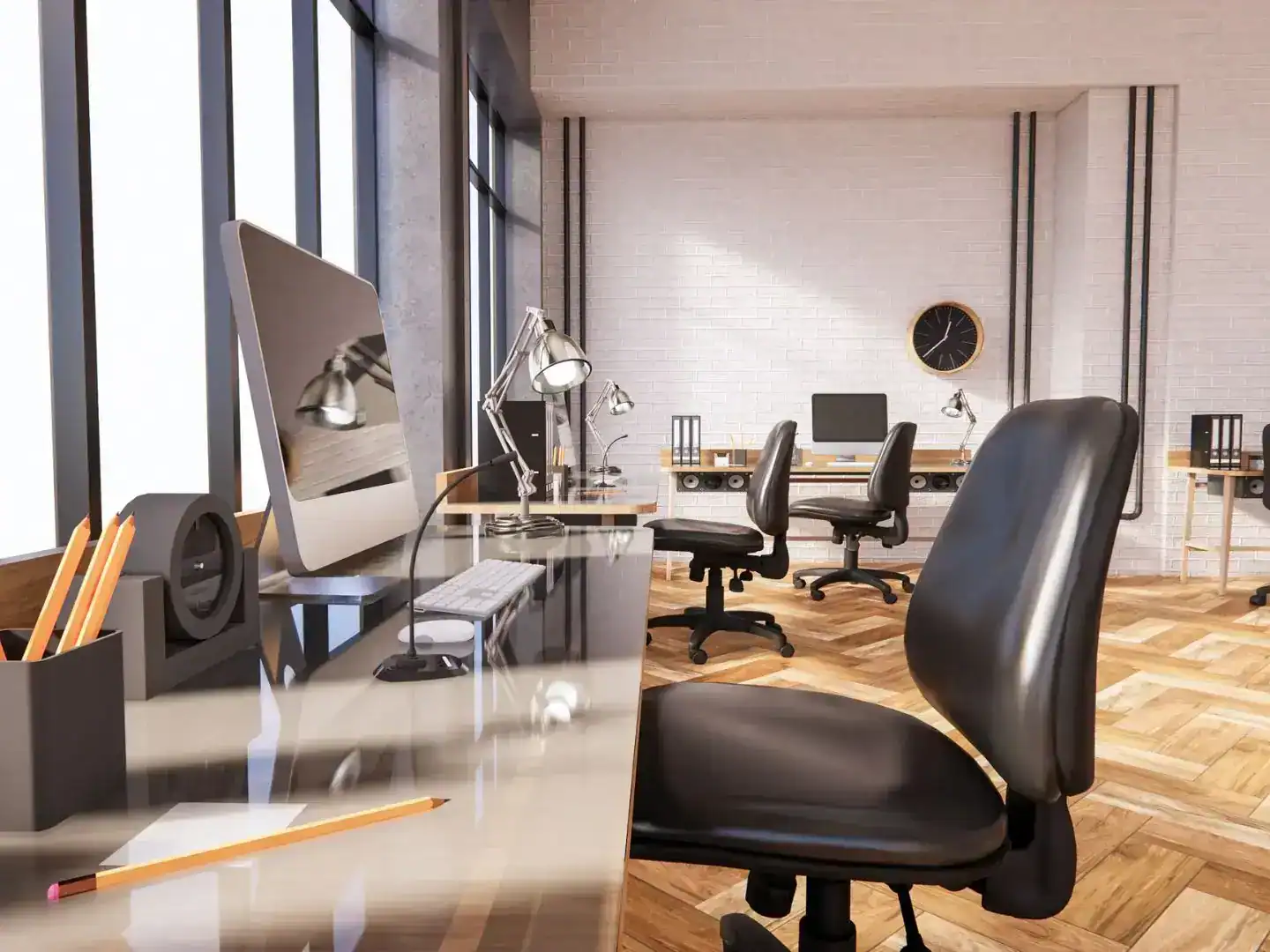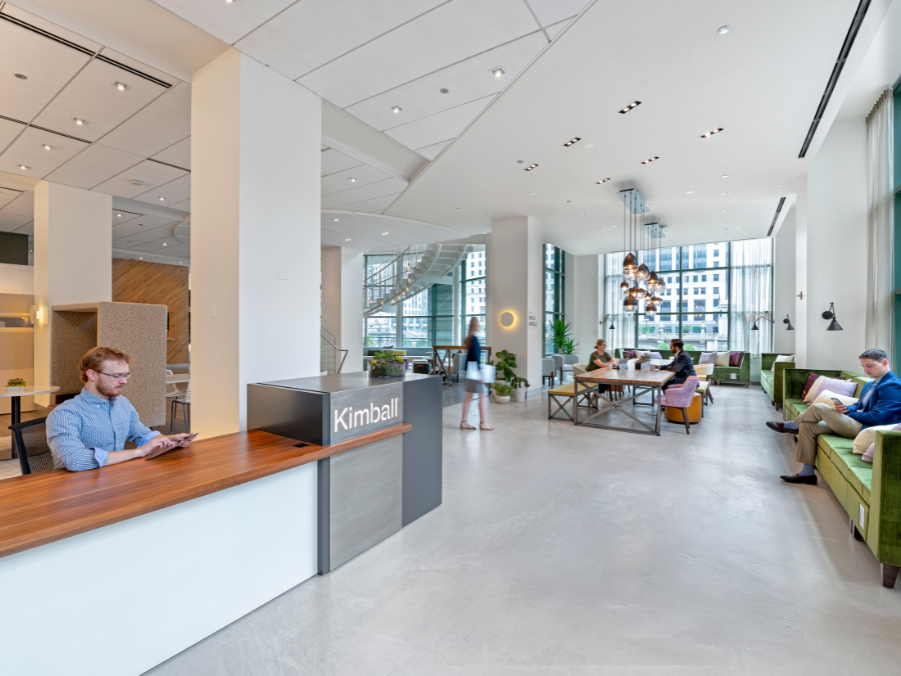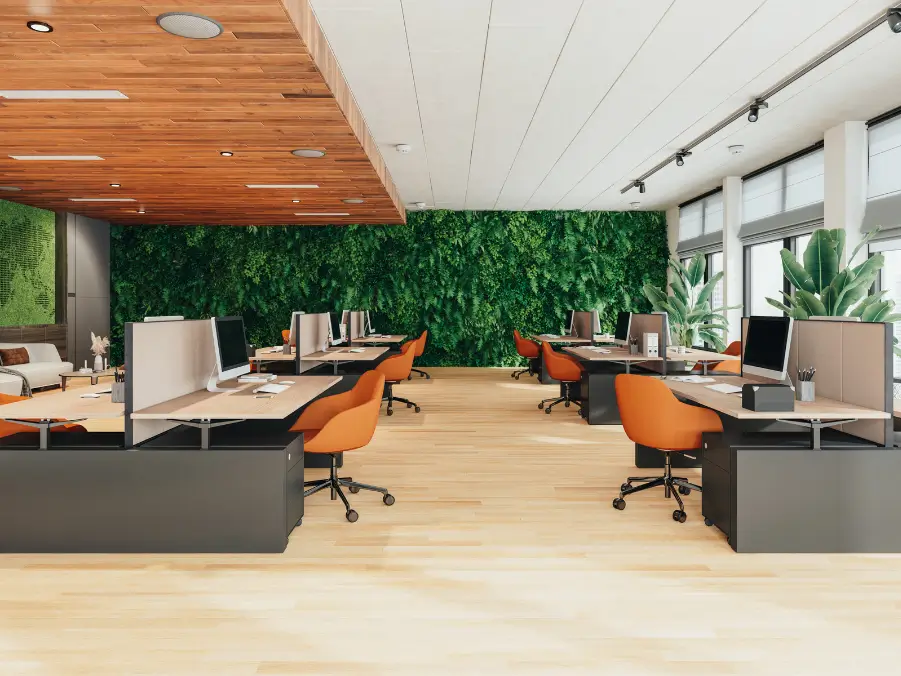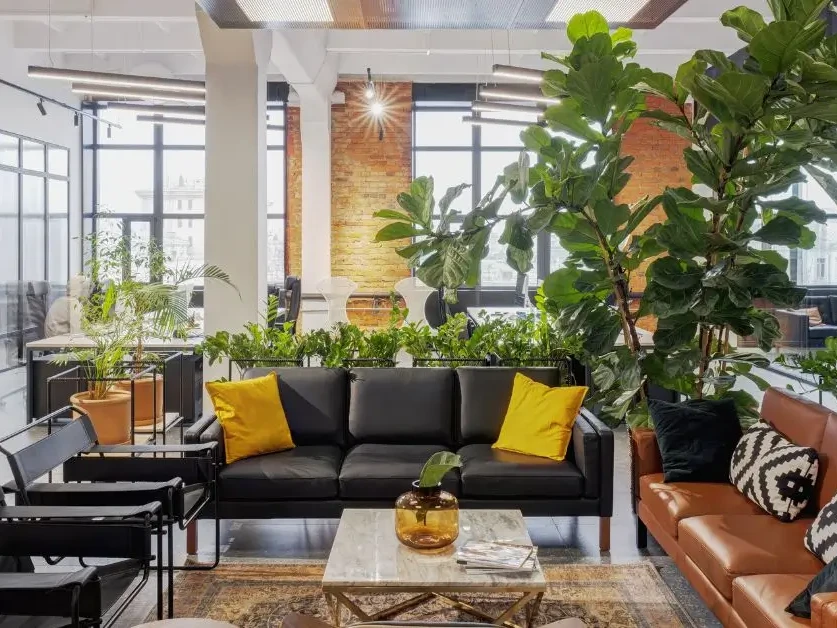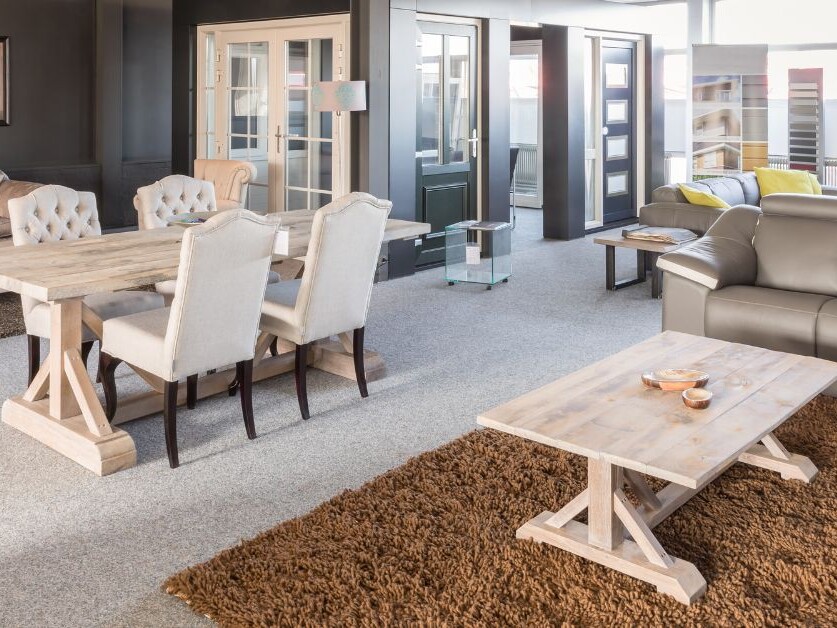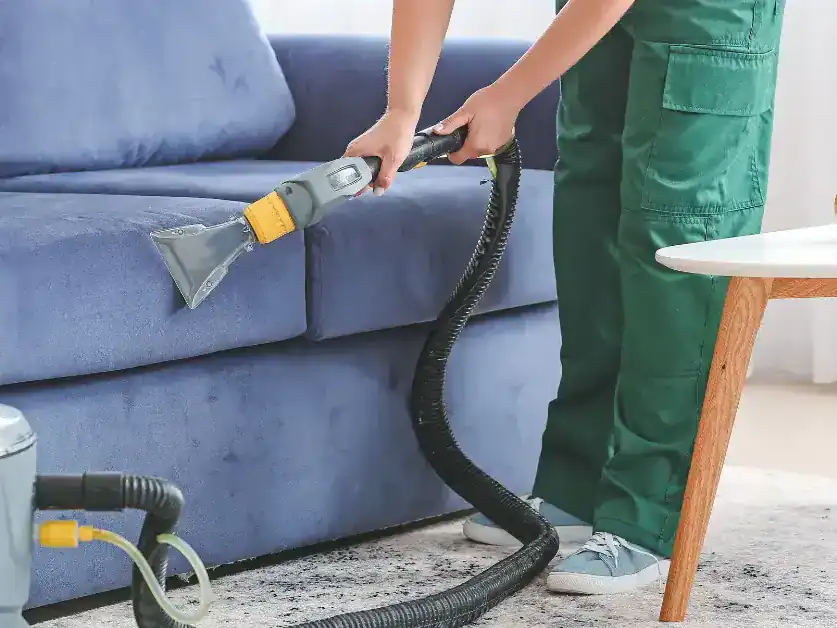The materials used in commercial office design have a significant effect on the style and function of each piece of furniture. If you’re thinking about redesigning the office to provide the best possible comfort and aesthetic, you may be interested in learning more about popular textiles often used for workplace furniture and decor. Here, we share more about textiles used in interior design and offer tips on how to use them in your own office:
What Are Textiles?
Although many equate textiles with fabric, they’re not exactly the same. A textile is made by weaving, knitting, felting, or tufting. They can be constructed from a broad spectrum of materials, which we’ll outline below. Textiles are often used for window coverings, floor coverings, mats, and more applications in the office environment.
Natural Fibers
Natural fibers are often used for upholstery or floor coverings such as rugs. These fibers encompass a wide range of materials, and each is derived from animals or plants. Natural fibers include but are not limited to:
- Wool: a hypoallergenic animal-based fiber with excellent water resistance
- Leather: derived from animal hide and revered for its durability and luxurious feel
- Silk: a natural fiber often chosen for its soft feel and natural luster
- Cotton: a popular textile for both home and office applications due to its versatility and breathability
- Linen: a plant-based fiber that’s stiffer than cotton and known for its lightweight and absorbent properties
Synthetic Fibers
Synthetic fibers are also commonly-used textiles in commercial modern office design. Synthetic fibers are often less expensive than natural fibers, and they’re also highly stain resistant and water resistant. Synthetic fibers are frequently used in office design and are used to create coated fabrics and performance fabrics. Some of the materials used in these fabrics include:
- Polyester: a strong yet flexible textile that’s derived from a chemical reaction with petroleum
- Nylon: a textile originally produced in 1935 and known for being highly abrasion resistant
- Rayon: a manufactured material that is often used as a less-expensive silk alternative
- Acrylics: made from colorless volatile liquids and cut into smaller pieces that resemble wool
- Modacrylics: modacrylics’ production is similar to acrylics, but this textile is extremely flame retardant and resistant to insects, making it a great choice for outdoor applications
- Vinyl: also known as PVC and often used in upholstery or exterior fabrics
- Silicone: this textile has become widely used in corporate, healthcare, and higher education settings. Made from siloxane polymers, this material is recognizable for its rubber-like feel and heat resistance.
- Crypton: Crypton fabrics are widely considered to be the gold standard in commercial textiles. This material is the only fabric to receive clearance by the EPA to be disinfected. It’s highly environmentally-friendly and resists moisture, stains, and odors.
Textiles are a vital component of modern commercial office design. There are a plethora of options available, and we’re here to help you determine the best choices for the modern office design in your workplace. When you’re ready for assistance from professional designers in creating your ideal workspace, please contact our team to arrange a consultation. We’ll guide you through every step of the process, from the initial project meeting to furniture procurement and installation.
